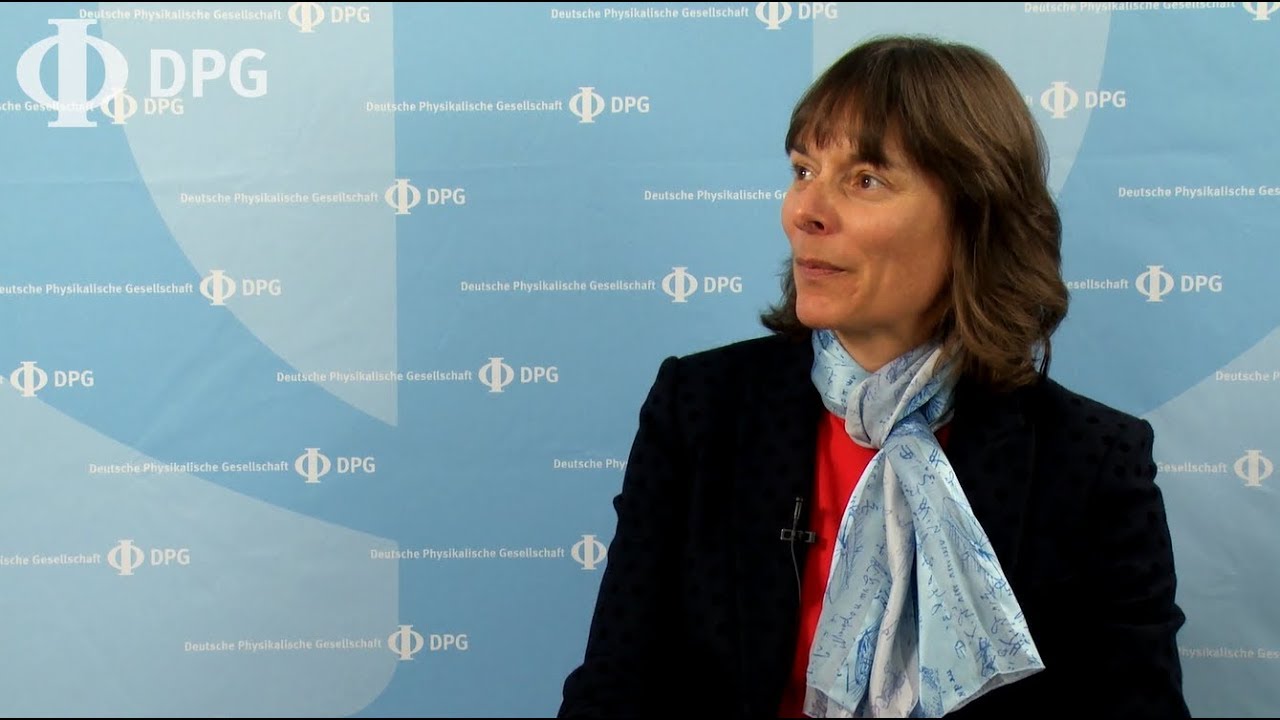From exotic materials to the Big Bang
In a video interview with the German Physical Society, ETH professor Nicola Spaldin talks about the fascination of materials research.
What happened in the early universe shortly after the Big Bang? Nicola Spaldin, Professor of Materials Theory at ETH Zurich, presented the relationship between materials research and cosmology and how the early universe can be explored under the microscope as a lecturer at the external pagelecturer at the Lise-Meitner-Lecturecall_made 2018 in Erlangen in March.

The Lise Meitner Lectures are an annual series of events with which the German Physical Society (DPG) and the Austrian Physical Society (ÖPG) each honour outstanding female scientists from the MINT field (mathematics, computer science, natural sciences, technology) and present them to a broad audience as role models.
Cultural heritage and good questions
The aim of the series of readings is "to make it clear that the STEM fields of study make up an important part and guarantor of our culture in the present and in the future". In addition to lectures, meetings with schoolgirls, young women, students and young researchers are planned. Lise Meitner provided the first physical-theoretical explanation of nuclear fission in 1939.
In a video interview published on YouTube and in the D-MATL-News, which Melanie Rutowski from the DPG conducted at the Lise Meitner Lecture, Nicola Spaldin reports about her profession as a top researcher. In it she explains why the art of asking good questions and recognizing unusual connections is essential for an academic career. She also explains why she is fascinated by materials with exotic properties, why they are relevant for the processing and storage of data and how new materials can be tested and developed on a computer based on the knowledge of new material properties.
